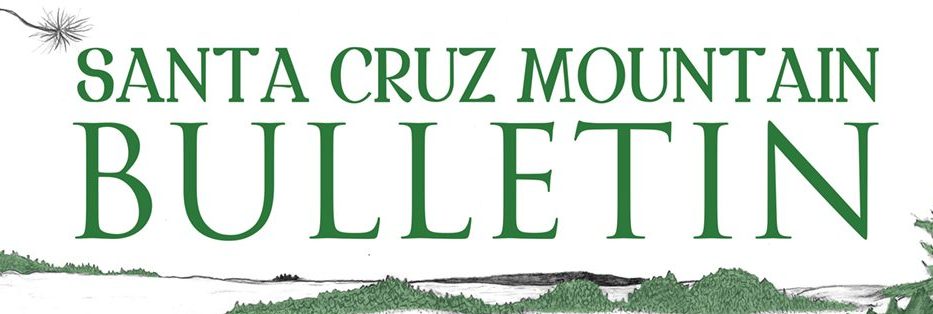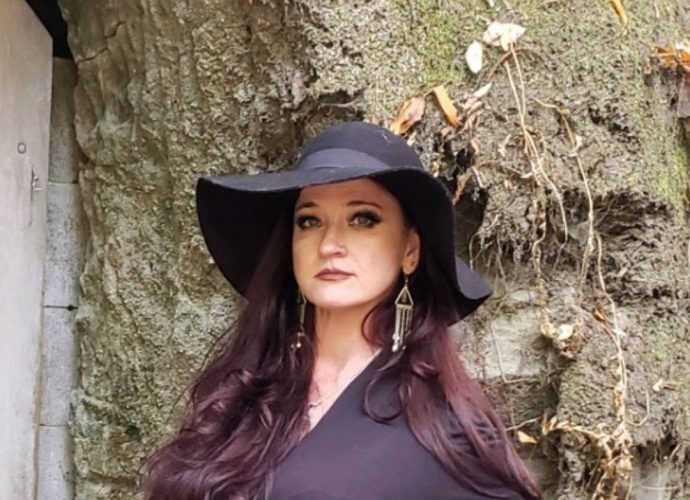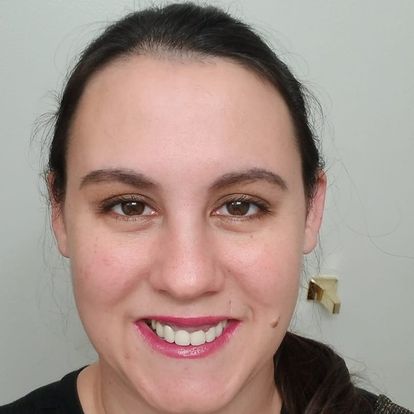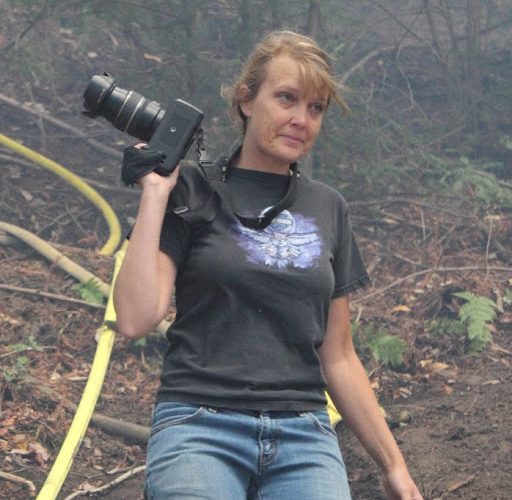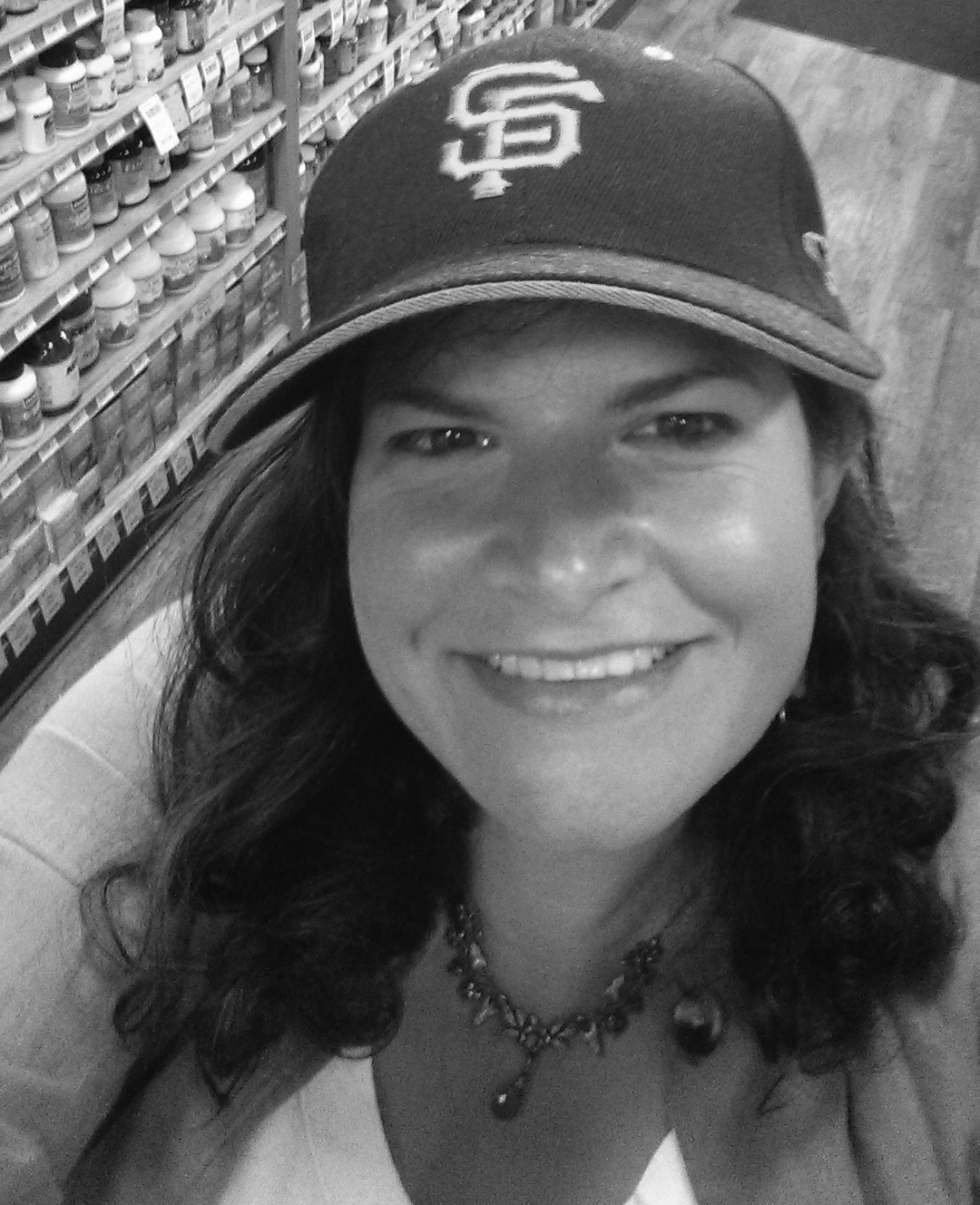by Mark Dolson
The San Lorenzo Valley Water District (SLVWD) Board meeting this past Thursday February 15th lasted over three hours, and was primarily devoted to a required public hearing on the proposed new rate structure for 2024 through 2028. Nearly two dozen members of the public shared their perspectives (in person or via Zoom), and the final count of ballots protesting the rate increase was 1376 for water service (serving roughly 7900 customers) and 24 for wastewater service (which is provided to only 56 households in Boulder Creek). These totals were short of the approximately 3951 and 29 that would have been required to reject the increases.
Wastewater was not discussed at the February meeting, but the 24 “no” votes were notable because the District had already responded to previous public comment by delaying planned wastewater infrastructure development so that the wastewater rate increase could be kept to the absolute minimum (i.e., merely keeping up with inflation). It is not known what led nearly half of the wastewater customers to reject even this routine adjustment.
In contrast, there was ample public comment about the proposed new water rates. Most of the complaints centered around concerns about the burden being placed on low-volume and/or low-income users (and also the school district and parks), about inaccuracies (and/or confusions) in the District’s informational materials, about the larger historical context of repeated rate increases and deferred infrastructure improvements, about comparisons with rates elsewhere, and about details of the District’s budgeting process and debt-financing plans. Two individuals spoke in favor the rate increase.
A certain amount of this public outrage was encouraged by Director Fultz who – in a rather extraordinary deviation from widely understood standards of proper behavior for Board members – enlisted the public in an effort to override the previous Board vote of 4-1 in favor of the proposed rate increase. Director Fultz also delivered a lengthy recapitulation of his objections to the increase. He finished by urging audience members to act on their opposition to the rate increase when they vote for Directors this November. This brought a rebuke from a fellow Director for brazenly violating the Brown Act prohibition on electoral campaigning during Board meetings.
Subsequent comments by other Board members pointed out some fundamental disconnects between the expectations of the public commenters and the legal constraints and practical realities that the District must comply with. The most important of these is that, even though customer bills rise and fall depending on the amount of water consumed, the vast majority (more than 90%) of the District’s costs (i.e., for staff, infrastructure, and power) are independent of these fluctuations. Charging customers more when they consume lots of water is good for promoting conservation (and for reflecting proportional infrastructure burden), but this partially obscures the reality that what customers are primarily paying for is not the water they use but, rather, the delivery system itself. The District is highly constrained in how inexpensively it can offer its customers access to this system.
The new rate schedules for both water and wastewater were formally adopted by a vote of 4-1. They will take effect on March 1, 2024.
The Board voted 5-0 to table two of the three remaining agenda items due to the lateness of the hour. A $37,000 contract for a comparative compensation study, which had been promised to staff as part of the most recent salary agreement, was approved 4-1. Director Fultz objected, not to the contract, but to the idea of doing a compensation study.
The next public meeting of the Board of Directors will be on March 7th at 6:30 p.m.
